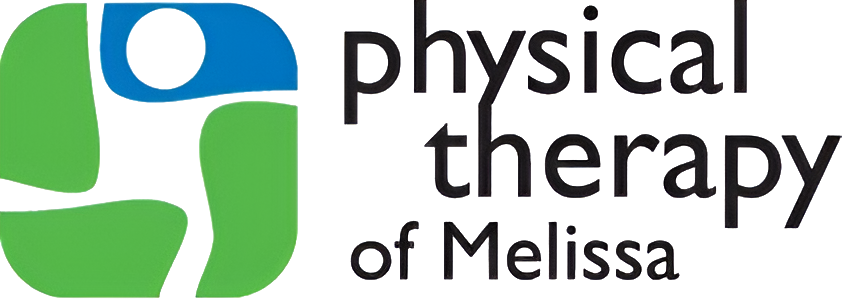
Is Chronic Pain and Inflammation Controlling Your Life? Your Diet Could Be To Blame
If you live with chronic pain and inflammation that plagues you on a daily basis, know that you are not alone. What you might not realize is that the culprit behind your pain could be what you’re putting into your mouth every day!
There are many chronic conditions that can lead to this; however, much of the pain and inflammation you’re feeling can be managed simply through diet. Your body is fueled by what you eat, so when you eat a nutritious diet your body is able to recover much faster!
Depending on your condition, your pain and inflammation could be relieved through proper nutrition, stress management, and exercise. Contact Physical Therapy of Melissa in Melissa, TX today to speak with one of our physical therapists and learn other ways you can relieve your pain and inflammation!
Common causes of inflammation
If you have an infection, wound, tissue damage, or buildup of toxins in your body, the immune response is triggered to deal with it. Your immune system can naturally respond to injury, ailment, or other harm through inflammation.
Without inflammation, injuries wouldn’t be able to heal; however, if this process goes on for too long, chronic inflammation can occur.
Chronic inflammation can lead to serious health conditions, such as arthritis, diabetes, heart disease, or even some cancers. If you experience persistent pain, it is wise to contact a physical therapist as soon as possible, as it may mean that the inflammation has become chronic.
Rest and medicine are typically prescribed as a solution for pain and inflammation. Lack of activity, on the other hand, can exacerbate inflammation by constricting joints and stiffening muscles. Furthermore, drugs have a host of adverse effects, some of which can be harmful and/or addictive. Fortunately, pain and inflammation can be addressed in a variety of ways, including through nutrition.
Benefits of a nutritious diet
Patients have reported remarkable success in reversing their symptoms by following an anti-inflammatory diet, according to nutritionists. Inflammation is your body’s attempt to heal itself, which can be aided by a balanced diet combined with toxin removal.
You can try these 3 steps today to add more anti-inflammatory foods to your diet:
1. Avoid red meat.
When beginning to follow an anti-inflammatory diet, it’s advisable to stay away from red meat. If this proves impossible, tiny amounts of red meat are acceptable; nevertheless, it should be a very unusual treat in your diet!
Because the proteins in red meat demand more work from your kidneys to digest, eating a lot of it will slow down the healing process. The maximum amount of steak you should eat every week is one tiny piece. Fortunately, anti-inflammatory diets can include chicken and fish. Enjoy these with all of those vegetable servings!
2. Consume less dairy and grain.
Unnecessary carbs and sweets should be avoided in order to boost your body’s immune response. Unfortunately, this means there will be no donuts, pastries, or white breads. Dairy products should also be kept to a bare minimum, so no cheese or milk with anything. The best whole grains are barley, oats, brown rice, and wheat.
3. Eat more vegetables!
Raw broccoli, Brussels sprouts, cauliflower, and cabbage are the best options when sustaining an anti-inflammatory diet. They can be cooked if you prefer, but raw vegetables are generally better for speeding up the inflammation process. You’ll want to eat up to nine servings per day, and you can substitute fruits for a couple of those servings to break it up, if it becomes too much. Otherwise, the timeless saying “eat your veggies” is key.
Other ways to lessen pain and inflammation
If you stick to the diet listed above, you should notice a decrease in pain. Your physical therapist can also provide you with additional tips for pain relief and reduced inflammation. In addition to your nutrition plan, you should also try:
- Try to lower your stress levels. If you’re feeling mentally stressed, your body can become physically stressed – causing more inflammation and a longer recovery rate. Taking time to relax can actually allow you to heal quicker!
- Get daily exercise in! Exercise will keep the muscles warm, which can alleviate pain or stiffness, and stop the inflammation from becoming worse.
- Maintain a healthy weight. If you have some unwanted weight, getting down to your ideal body weight will help with your pain and inflammation. It’s a good idea to talk with a physical therapist first before you try to cut weight on your own!
Give our clinic a call today
Do you want to include a new eating plan into your daily routine to help you manage your pain and inflammation? If that’s the case, call our clinic now to speak with a physical therapist about how to get rid of your symptoms as soon as possible!
